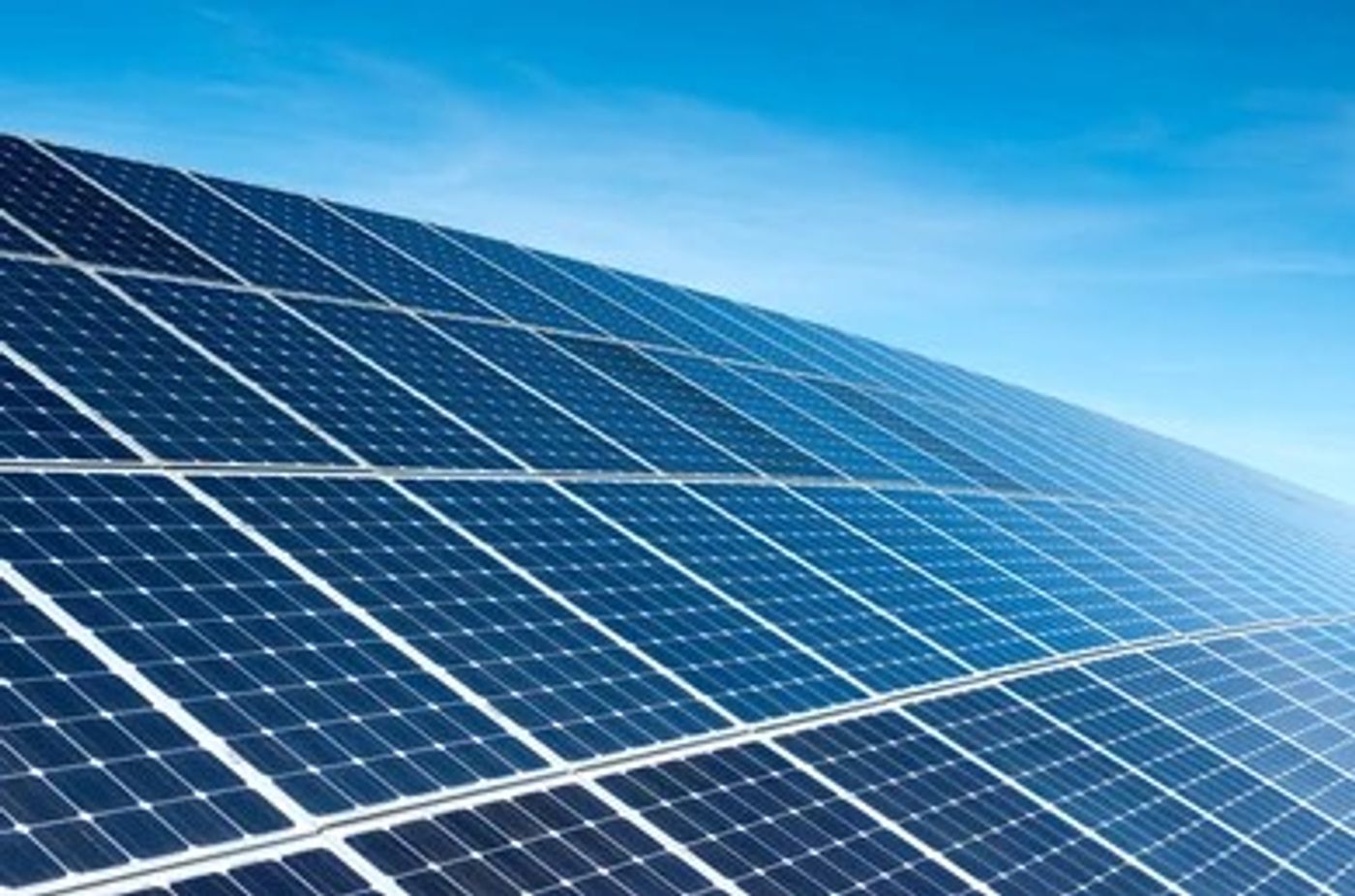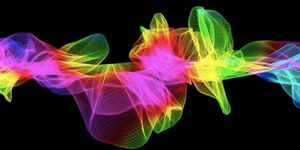Creating window-sized, transparent solar cells
A recent study conducted by researchers at the University of Michigan and published in Joule discuss a new method to manufacture highly efficient and semitransparent solar cells that could be used on home windows, someday. This study is intriguing since silicon-based solar cells that we often see on rooftops and solar farms are traditionally nontransparent. This new technology could open the door for more organic-based solar cells that might negate the need for solar panels on rooftops.
"In principle, we can now scale semitransparent organic solar cells to two meters by two meters, which brings our windows much closer to reality," said Stephen Forrest, the Peter A. Franken Distinguished University Professor of Electrical Engineering and a co-author on the study.
Due to engineering challenges such as low efficiency and short lifespans, organic solar cells haven’t been able to keep pace with the more common silicon-based solar cells. But Forrest’s lab hopes to change that, as recent work from the lab has been able to reach a record 10% efficiency and potential lifespans of up to 30 years. Because of this success, the research group started focusing on manufacturing transparent solar cells.
While lasers have traditionally been used to produce the solar cell patterns, the team found this method can easily damage the organic light absorbers. Instead, the group accomplished their micron-scale resolution via a multistep peel-off pattern method. The team was successful in connecting eight semitransparent solar cells, each 1.6 inches by 0.16 inches (4 cm by 0.4 cm). Results in efficiency tests showed only a 7.3% conversion rate, which was approximately 10% less for the individual cells in the module. This is significant since that small energy loss does not increase with the size of the module.
"It is now time to get industry involved to turn this technology into affordable applications," said Xinjing Huang, U-M doctoral student in applied physics and first author on the study.
A long-term goal is to be able to put the transparent solar panels in between two windowpanes with about 50% transparency and 10-15% efficiency.
Sources: Joule
As always, keep doing science & keep looking up!









